Invasive Plants: What are they? Why do they reproduce? How to fight them?
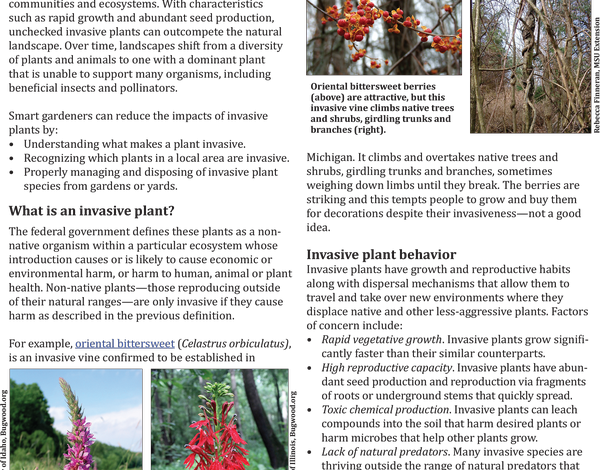
 Invasive plants are one of the main threats to any native habitat.
Invasive plants are one of the main threats to any native habitat.
Taking into account the most recent reports from organizations that are responsible for studying its impact, we have that approximately 40 percent of threatened or endangered species are at risk, precisely, because of invasive species.
Likewise, the economy is also put at risk bythe intrusion of invasive plants.
The economic impact these species have on our ecosystems translates into billions of dollars each year. This is because many of our commercial, agricultural and recreational activities depend on healthy native ecosystems.
What makes a species be considered an «invasive plant»?
An invasive plant is one that is not native to an ecosystem and causes damage. These may be due to deterioration of the environment, negative impact on the economy or even damage to human health.
Thus, those species that grow and reproduce rapidly, spreading aggressively and causing damage in the process, are labeled » invasive «.
It should be noted that an invasive plant does not necessarily have to come from another country. There are many examples of plants spreading unchecked into a habitat that is not their own, where they begin to compete with native species for space and nutrients.
Main impacts of invasive plants on the environment
Invasive plants profoundly impact water quality, biodiversity, native wildlife habitat, forest cover and foliage, fire risk, and the economy.
Water quality
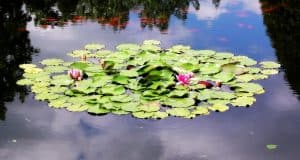 Erosion releases sediment into streams and deteriorates water quality.
Erosion releases sediment into streams and deteriorates water quality.
In nature, the roots of native plants extend deep into the soil, providing structure to the deeper layers, which helps reduce erosion.
When certain invasive plants spread across the land,its roots spread, preventing the roots of native species from developing comfortably. This, finally, ends up causing damage to the structure of the subsoil, since it prevents its components from agglutinating properly.
That is why areas where invasive plants predominate are often more prone to erosion during floods than those with a balanced diversity of trees and shrubs.
Biodiversity
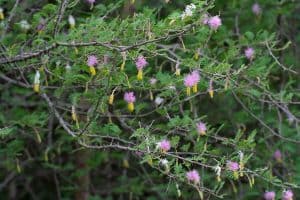 A healthy habitat has a variety of herbs, shrubs, and trees. Invasive plants cause biological pollution by reducing the diversity of plant species in an ecosystem.
A healthy habitat has a variety of herbs, shrubs, and trees. Invasive plants cause biological pollution by reducing the diversity of plant species in an ecosystem.
The reduction of ecosystems and the presence of invasive plants are the main cause of loss of native biodiversity. Invasive plants spread aggressively and end up displacing native plants, also preventing their reproduction.
For example, in India the ambulia is considered an invasive plant that must be eliminated wherever it is found.
native fauna
Invasive plants displace native plants, which many native wildlife species depend on for food and cover.
In addition to encroaching on the space of native species, invasive plants also attract non-native wildlife. These non-native species may displace similar native species due to overlapping habitat needs.
Thickness and Foliage
Invasive plants can reduce tree abundance and cover, causing native trees to fall prematurely or reduce their growth rate. Likewise, it inhibits the establishment of seedlings and the germination of seeds.
Risk of fire
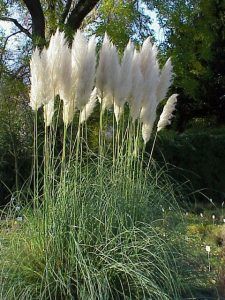 Invasive plants increase the frequency of wildfires. Some non-native species are drier and cause the fire to become uncontrollable.
Invasive plants increase the frequency of wildfires. Some non-native species are drier and cause the fire to become uncontrollable.
Similarly, there are species that, being taller or leafier, lead fire to places that are difficult to access, which would not happen with native species.
Economic impact
Invasive plants cost the world economy billions of dollars annually through lost crops and livestock, control efforts, damage to property values, and reduced export potential.
These costs, of course, are passed on to consumers through higher prices for agricultural products. If early intervention is not implemented and an invasive species spreads, eradication may not be feasible, and the damage will be permanent.
How to identify the various invasive plants
Currently, there are various specialized media that are responsible for publishing in detail the various native species —flora and fauna— that inhabit the different ecosystems.
For example, in this link you can see a list of invasive plants in Spain.
To find out which species can be invasive and which ones are not, we can turn to these organisms for the relevant information.
How to combat invasive plants
The best way to combat invasive plants is through prevention. For this reason, it is vitally important to share information that allows the population to identify the most dangerous species.
To facilitate the control of invasive plants and promote natural biodiversity, it is recommended:
- Identify invasive species in our environment.
- Remove those plants from our garden or orchard.
- Adequate disposal of pruning remains: burning them or depositing them in green containers or closed plastic bags to prevent seed dispersal.
- Do not transport plants or seeds when we travel.
- Do not release non-native plants or animals into the wild.
Remove weeds from our garden
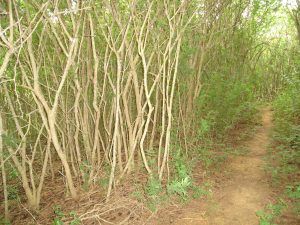 Invasive plants usually emerge in a timely manner. In our garden or orchard, we musttry to eliminate all weedsthat we find to prevent its spread.
Invasive plants usually emerge in a timely manner. In our garden or orchard, we musttry to eliminate all weedsthat we find to prevent its spread.
With a little experience we will notice that these weeds are easily identifiable, in addition to showing low resistance to bad weather.
Similarly, black soil — often confused with organic substrate — can contain large amounts of weed seeds.
It is important, therefore, to acquire a good substrate or to produce it at home, since it is through the high temperatures of decomposition of the organic matter that the bulbs and the seeds of the invasive plants will be eliminated.
Weed control is best done manually. It is the most efficient, as it guarantees the elimination of roots, seeds and bulbs, while protecting the plants in our garden or orchard. After being eradicated, the species tends to disappear and does not cause major disturbances.
The use of herbicides is a highly detrimental option for those seeking 100% organic and sustainable production. In addition to affecting our crops, herbicides can leave chemical residues in the soil.
Control of weeds and invasive plants with animals
Animals are often excellent alliesfor the control of weeds or invasive plants.
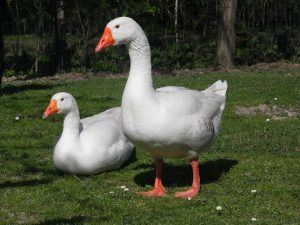 Depending on the land you have, you can choose one or the other. For example, horses and goats require large plots (minimum 7,000 square meters) so that the land is not too small for them.
Depending on the land you have, you can choose one or the other. For example, horses and goats require large plots (minimum 7,000 square meters) so that the land is not too small for them.
Eat a lot. In addition to that if they run out of food they can start eating the bark of your trees.
For smaller plots, we have had very good results with thegeese or geese.
Geese are mainly vegetarian. They love the green and the fruits, in addition to the fact that they have a powerful beak to uproot the grass and chew it.
It is true that they have a reputation for being hostile, but in our opinion this is just fame. Our geese have never attacked or confronted us. We leave them alone, we give them water and food and they roam freely.
Three geese for a plot of 1,500-2,000 meters canhelp a lotwith the control of invasive plants or weeds.
Examples of invasive plants
Callisea Repens
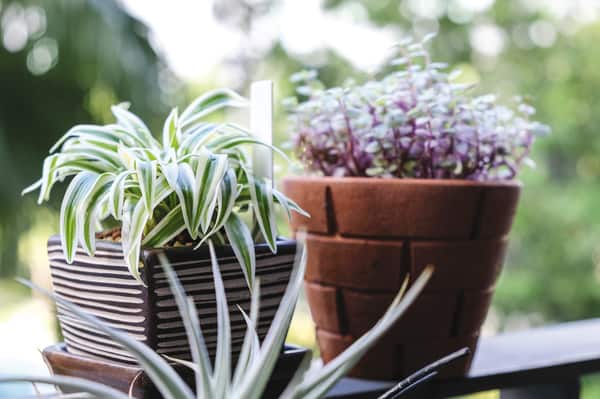
It has certain distinctive characteristics: it develops loosely compacted “rosettes” and the leaves are more widely spaced than other varieties of Callisia.
The leaves alternate and their stems are thinner, about 70 cm high, but they also have other secondary stems that emit terminal rosettes from which new plants will emerge, due to adventitious roots appearing.
These branches appear in the axils of leaves that have already detached from the mother plant. This is how their children appear.
- Pros: It grows very quickly. She is pretty. It won’t take up much space. It is not toxic for animals, nor children.
- Cons: Be careful, it can be considered invasive. It is odourless, so do not expect aromas from this plant.

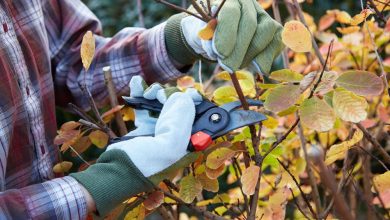
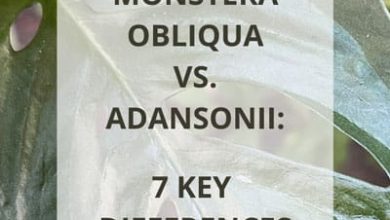

![Photo of Turnips: [Planting, Care, Irrigation, Substrate, Pests and Diseases]](https://www.complete-gardening.com/wp-content/uploads/2022/08/turnips-planting-care-irrigation-substrate-pests-and-diseases-390x220.jpg)